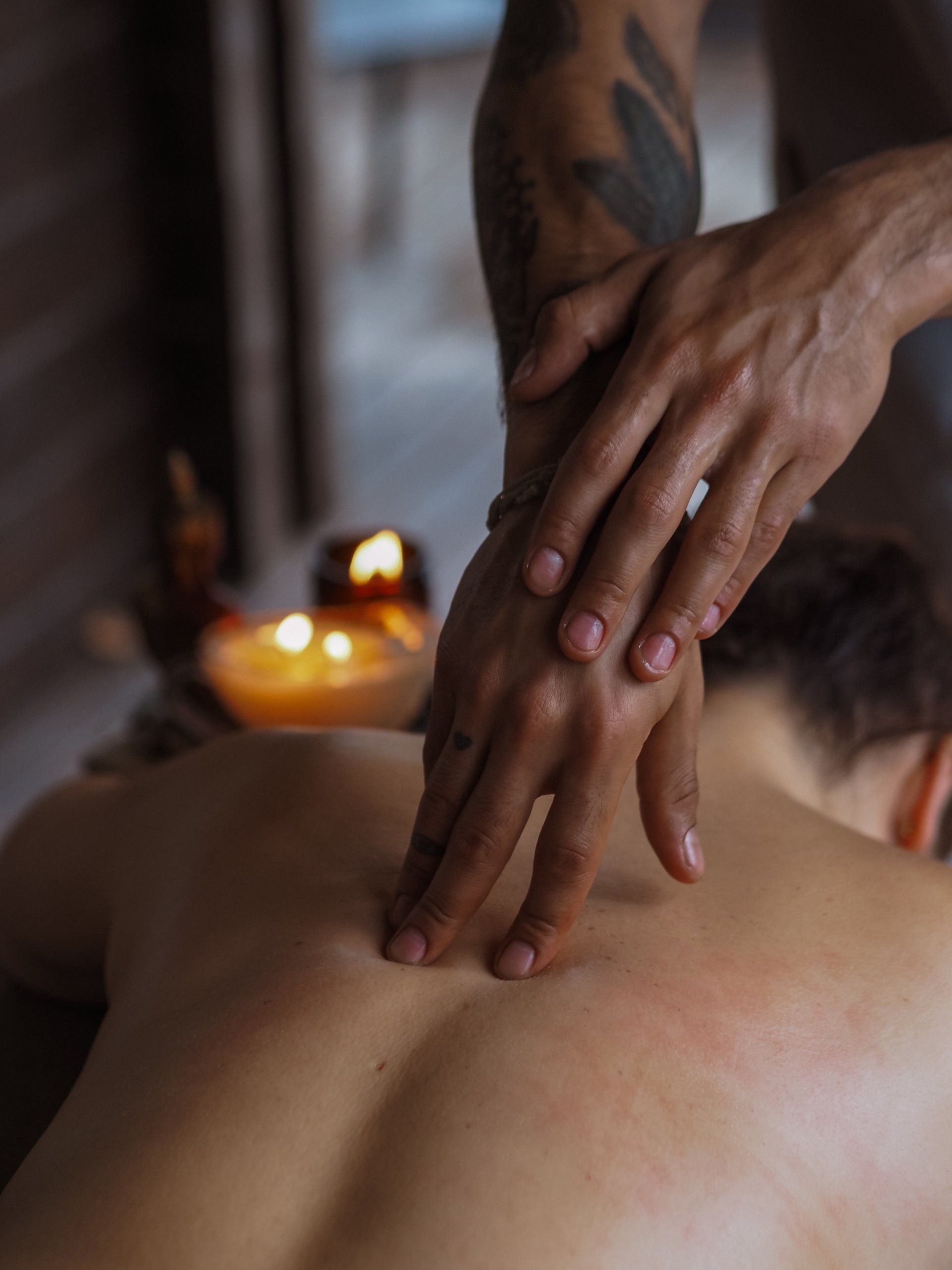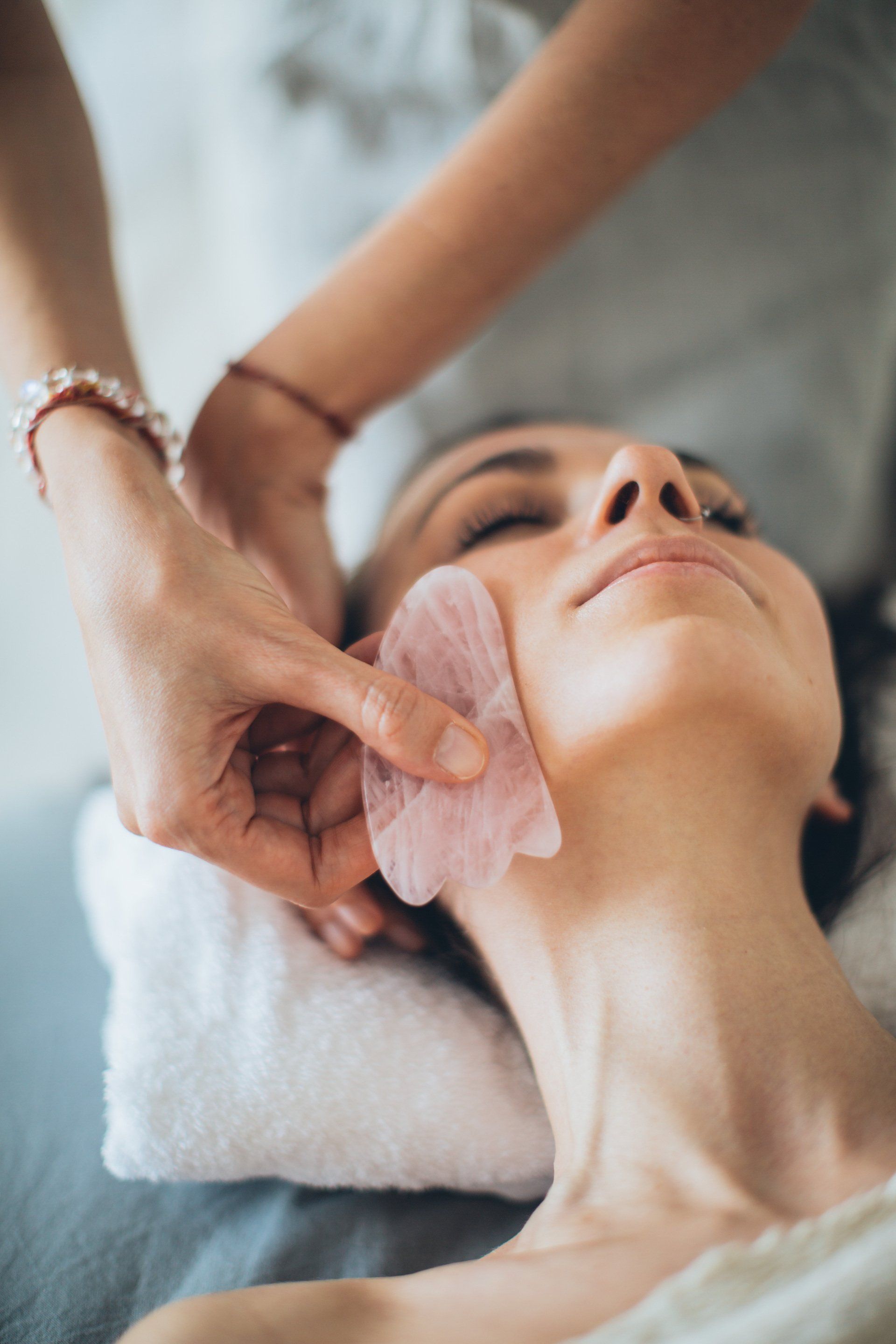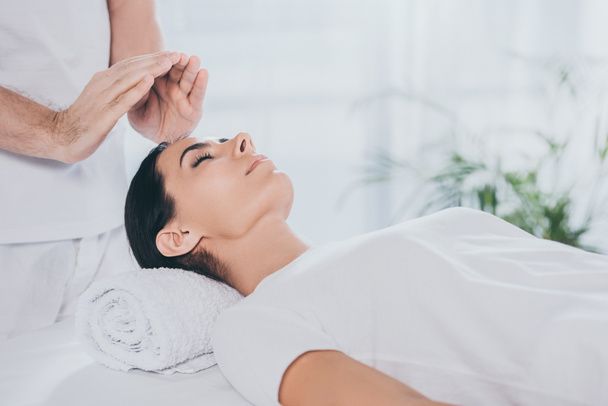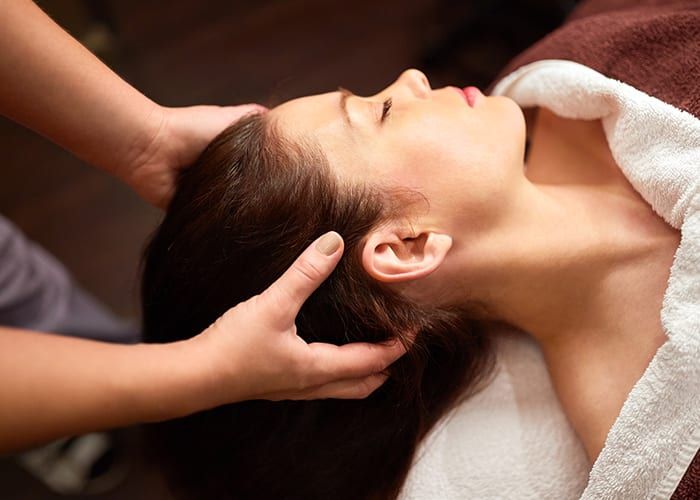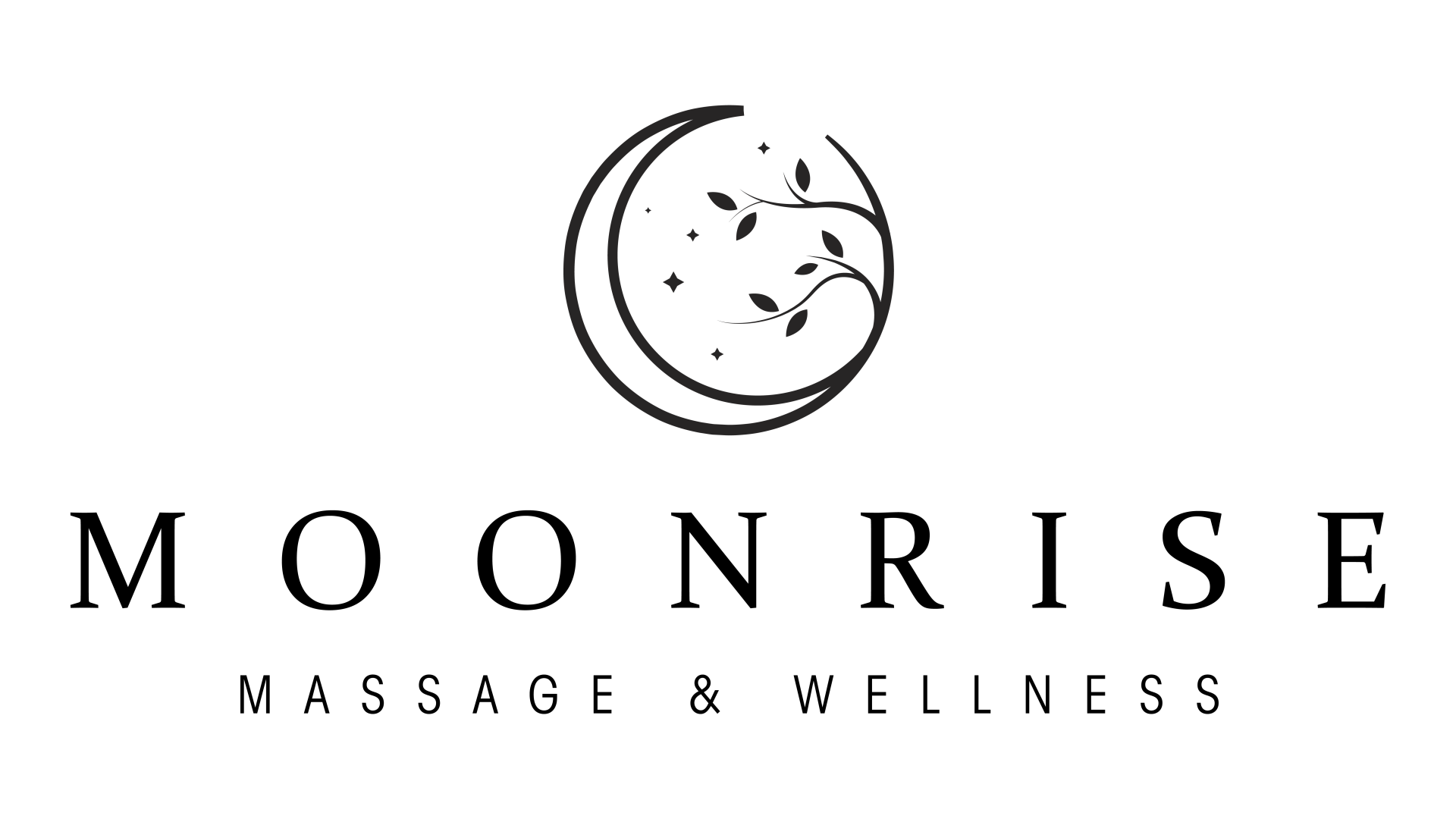How Massage Can Help TMJ Dysfunction.
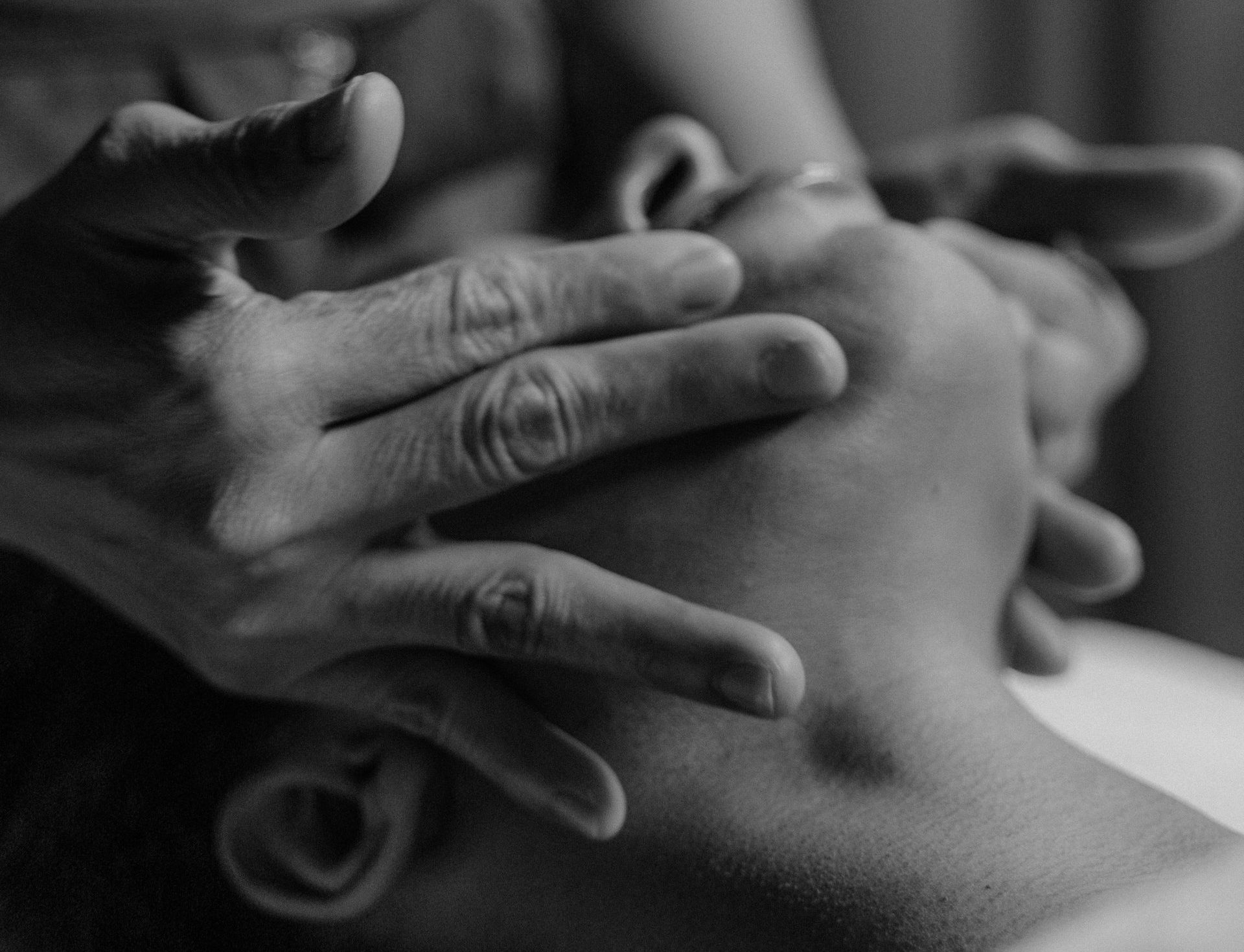
Do you suffer from jaw pain or headaches? This may be a result of TMJ, common in 20-40% of adults. This is a fairly common issue with clients and massage can help tremendously with easing pain, helping to unlock the jaw and release tension. Here I'll discuss how professional and self massage can help to alleviate pain and symptoms of TMJ.
What is TMJ?
TMJ, Temporomandibular Joint Dysfunction, is pain and compromised movement of the jaw and surrounding muscles. The temporomandibular joint connects that mandible (lower jaw) to the skull. Dysfunction of this joint can cause muscle tension and misalignment in the jaw, which can contribute to issues with the neck, shoulders, face and teeth.
Symptoms of TMJ
Actions such as teeth grinding, arthritis, jaw injuries, and everyday wear and tear can lead to TMJ. You may have TMJ if you experience symptoms such as:
- Muscle or jaw pain when chewing, talking, or swallowing
- Clicking on the jaw
- Limited movement when opening the jaw
- Frequent headaches
- Pain in the neck, shoulders and scalp
- Pain, ringing or itchiness in the ears
How Massage Therapy Can Help TMJ Dysfunction
Trigger Point Therapy is a great technique to help with TMJ. Trigger points are tender points in the muscle, that when applied pressure, send a sensation to a different area of the body, such as tingling, twitching or pain. Trigger points often occur in the masseter, the muscle of the jaw located above and below the cheek bone. Working the traps and temporal muscles can also help to alleviate symptoms of TMJ.
Self Massage Tips
At home self massage is the best thing you can do for quick relief when you can’t make it in to see your massage therapist. Techniques to use include kneading, friction and stretching.
Kneading- Think of kneading bread, this involves lifting, rolling, and ringing out a muscle between your fingers.
Friction- Friction massage is generally used to increase circulation to an area. Use the pads of your fingers to apply light to medium pressure and move in a back and forward or circular motion.
Stretching- Meant to elongate the muscle with your fingers, knuckles or palms. Using your knuckles in small circular motions at the jaw joint in front of the ears while opening and closing your jaw is a great technique to get the muscles to stretch and loosen up.
Most mild cases of TMJ go unnoticed or untreated, but more severe cases can make everyday activities become more difficult. Don’t wait until the pain is unbearable, keep up with massages or working on yourself at home for that quick relief and better feel. While most Massage Therapists can help with mild cases of TMJ by working the muscles of the jaw through the outside of the mouth and face, if you have extremely limited range of motion or lack of ability to open the jaw at all, you will want to seek out someone who is certified with TMJ and more experienced with working the muscles from inside of the mouth and jaw.

